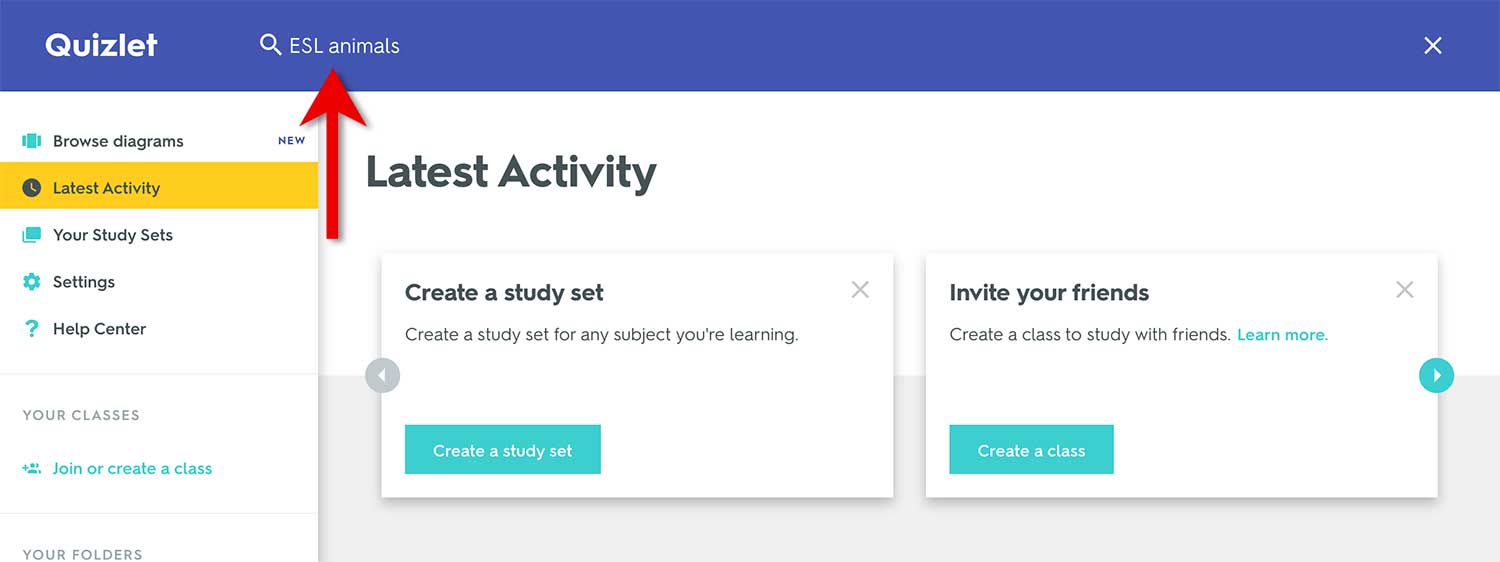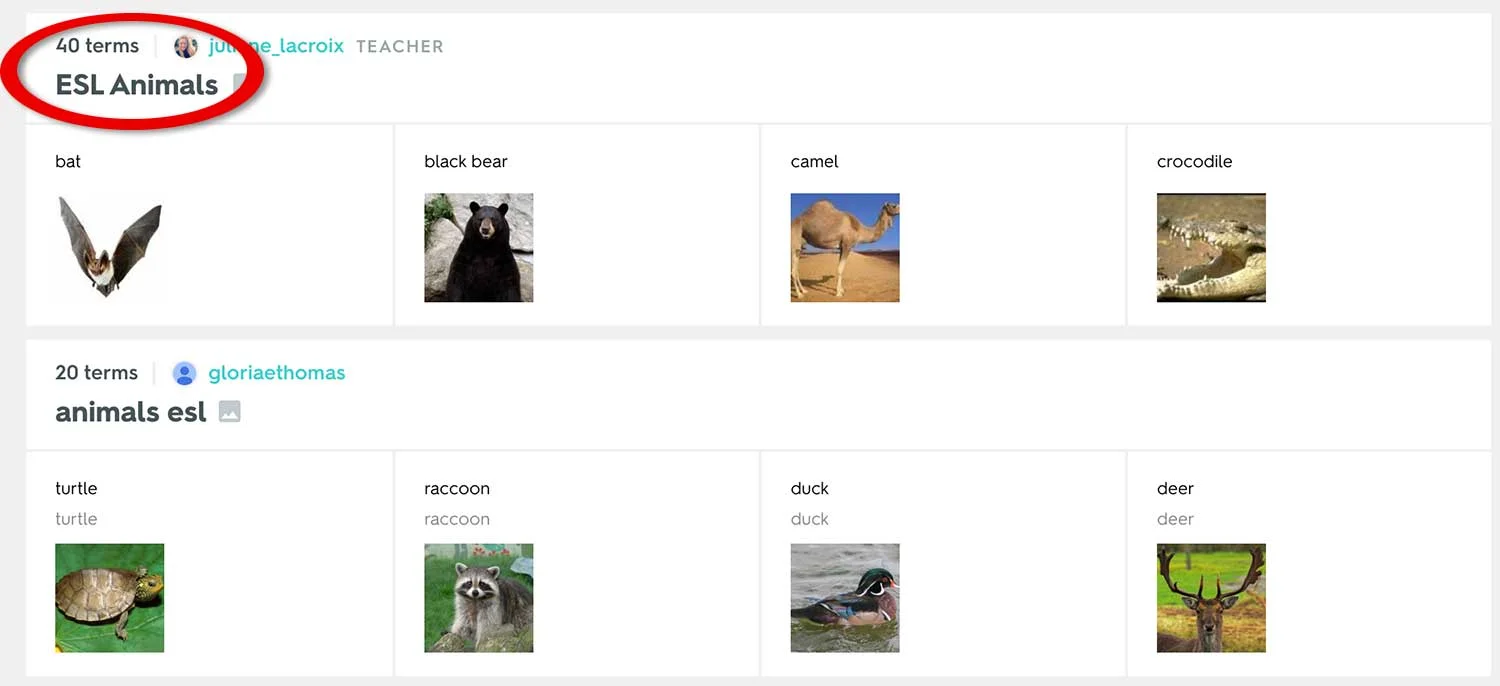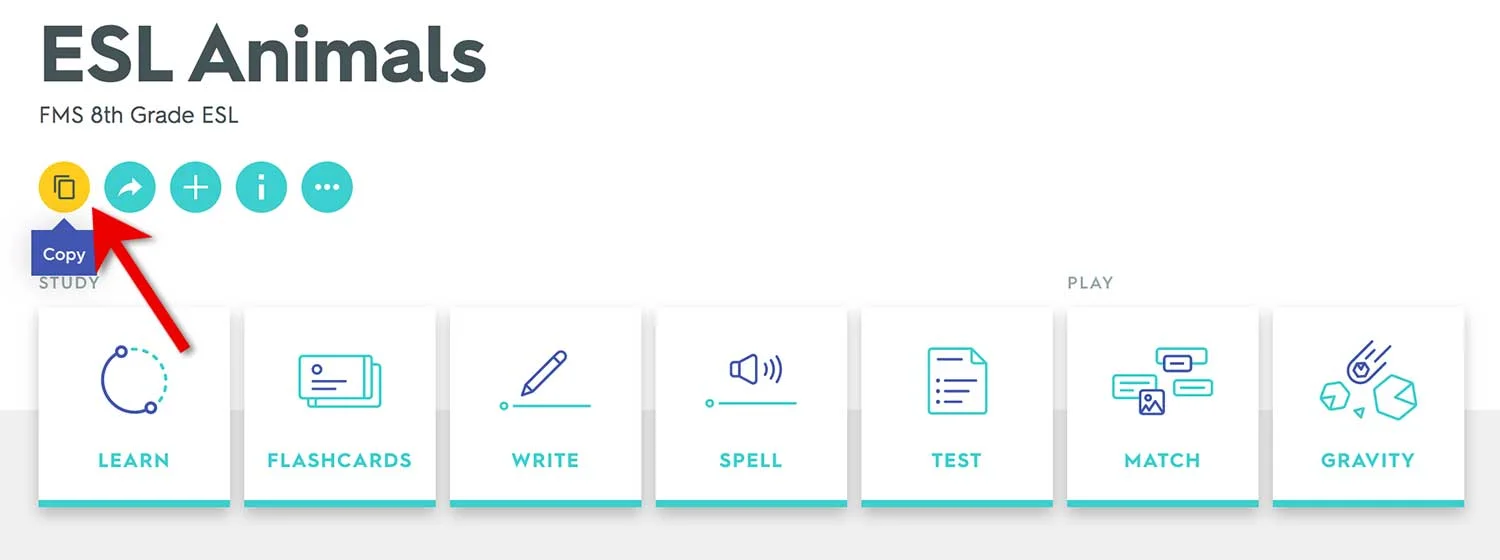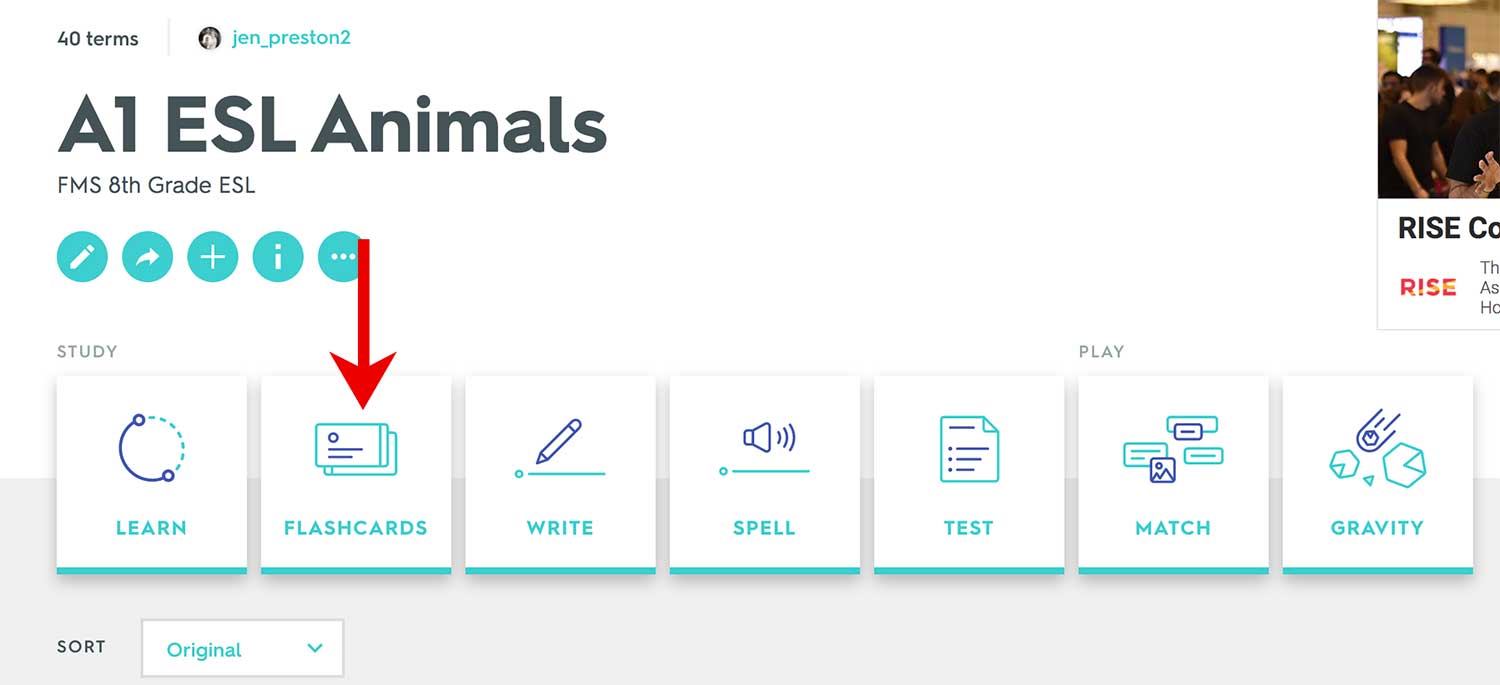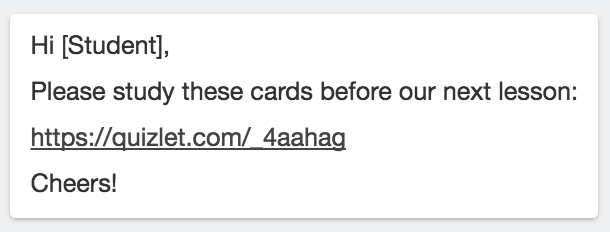Hey there Teachers! This post is part of my Flipped Learning series. For more information on the magic of the flipped classroom (and what I'm even talking about) check out this page.
I've got tutorials on free flipped learning tools like:
- How to harness the power of the ESL community on Youtube & even make your own videos
- How to make your own audio recordings & places to find audio resources
- How to create online "quizzes" that teach your students the grammar point before you present it in class
- And just when you thought you'd collapse under all this great information, I'll show you the lesson planning system that not only ties it all together, but actually saves you oodles of time while giving more value to your students.
Onward!
This is my favorite flipped learning method because I've been a flash card learner all my life. When I first started teaching, I recommended that my students make flash cards of the words we learned. I even made PDF print outs of the those cards and distributed them after class. Not flipped! What good was it for my students to study the vocabulary after the lesson, when my goal was for them to use the vocabulary during the lesson?
Quizlet, a free computer and phone app) is making my life so much easier. It takes less than 10 minutes to make a deck of flashcards, complete with photos, which extremely effective for learners of all levels. Students can study the cards on their phone or laptop and by the time they get to class, they've already learned the words, freeing up more valuable class time for using the words in conversation
And here's the best part: Quizlet functions like an open source library, with many sets already made by other ESL teachers. You can simply search for a deck you need and send the link to your own students. Like anything you find on the internet, you'll want to check for correct spellings, and that the vocabulary suits your students needs, then send away!
In the Trello for TEFL system, lesson cards come with copy-&-paste email language link. I simply check what my automated calendar has me scheduled to teach the following week, and email the students with the link.
Want to copy my decks? All the links are in the Flipped eBook!
How to copy a deck of cards in Quizlet
1. Sign up for a Quizlet account, using facebook, google or your email account. There is a paid option, for less than $20 a year, but for what we're doing today, you can sign up for the free account.
2. First, we'll search for pre-made ESL sets. Just like any search, try words like "ESL" "English" or "EFL". We're going to start with ESL animals.
3. Scroll through the pre-made decks. I'll click on this set. (40 is a bit too many new vocab words for one lesson, but I can always edit the deck later.
4. Click Copy.
5. Give a title to the set (I always like to include the Common European Framework level, because I might have several decks of animals at different levels). Then click create.
6. Whenever you use any materials from the internet, always check for spelling and other mistakes before you use it. Run down the cards just to make sure they didn't include any cards you don't want in the set. At the bottom of the set, you have the option to Add or Remove Terms.
7. If you want to eliminate a word, once you're in this Add or Remove Terms mode, you can click the trashcan icon to delete, you can change the terms, and you can add photos. With the free version, you can choose photos from the photo library. With the paid version you can add your own photos. The paid version also allows you to record your own voice, but the free version will have the computer read the term to your student.
8. Your students can study the sets in many different ways, try them out and play with your students. I like to start them off with the learn or flashcards modes.
9. Now you want to save the link to this set in an easy to find place. I save the link in copy & paste email language on the back of my A1 VOC Lesson Card in my Trello for TEFL system, so anytime I see that lesson in next week's calendar, I can copy, paste and email it to my students. To get that shareable link, click the share button with the arrow on it. In the pop-up box, click copy link. Then paste that link to your Trello for TEFL lesson card, or if you use another system, put it where somewhere you won't have to hunt it down.
How to make your own Quizlet Flash Card Deck
1. Sign up for Quizlet. In the upper lefthand corner of your home screen, click create.
2. Name your deck. I like to use the level (A1, A2, B1, etc.) because I might have several decks at different levels with the same subject matter.
3. Start adding your terms and definitions. The definitions (right column) will be what's on the front of the card. It's also the place you can choose to add an image, with or without a written definition. Also, make sure you choose English for the language, so the computer voice will read the word with an American accent.
4. To make life even easier, you can copy a list of words from any document, and Quizlet will automatically fill out the terms for you. I just go to my lesson card for A2 Clothes in Trello for TEFL, and copy the list.
5. Then in my new Quizlet set, I click Import from Word, Excel, Google Docs, etc.
6. Then I paste those words and click import. the terms for my cards have automatically been filled out, now I can write the definitions, or select the photos. Easy!
To add photos and complete your deck, simply follow steps 7-9 above and you're all set!
Whatever you do, don't let this work go to waste. It's easy to forget you have a link to this great deck of cards all ready to go, and you'll realize it when it's too late if you don't keep the link in a place where you need it—right with your lesson plan.
That's why in Trello for TEFL, everything related to that lesson is on one convenient card, and every time that lesson comes up in my automated calendar, you know ahead of time exactly what cards you have to send in advance.
Now, I want to hear from you! Think of your typical lesson plan. What components could give to your students to ahead of time that would make your lesson go more smoothly?
Could you send them an introductory Google "quiz" to get them familiar with a grammar point before you present it?
Could you teach twice the amount of vocabulary if your students had the opportunity to study them on digital flash cards before class?
Could sending a video or an audio recording before class make the class more interactive and the discussion deeper because students were able to watch/listen as many times as they wanted on their own time?
Tell us in the comments below: What's a single, small way you could flip your next lesson?





